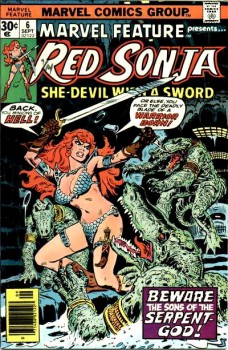Speaking in Tongues: Alan Moore’s Voice of the Fire
 Typically in these blog posts, I write about some work of fantasy, science fiction, or horror; of fantastika. I’m not sure whether the book I want to write about this time round can be described as any of those things. It’s not always, in fact, easy to distinguish what is fantastic and what is not. Does the distinction lie in what the writer has in mind, or in how the reader interprets the text? If a man who believes himself to be a magician writes about magic, is that fantasy or mimetic fiction? The author describes the world as the author understands it. The reader, reading, then sees the world as the author does: so writing is perhaps inherently magical, a possession. All words are magic words. All stories are true.
Typically in these blog posts, I write about some work of fantasy, science fiction, or horror; of fantastika. I’m not sure whether the book I want to write about this time round can be described as any of those things. It’s not always, in fact, easy to distinguish what is fantastic and what is not. Does the distinction lie in what the writer has in mind, or in how the reader interprets the text? If a man who believes himself to be a magician writes about magic, is that fantasy or mimetic fiction? The author describes the world as the author understands it. The reader, reading, then sees the world as the author does: so writing is perhaps inherently magical, a possession. All words are magic words. All stories are true.
“All stories are true”: that’s a quote from Alan Moore, writer of classic comics like Watchmen, V For Vendetta, and From Hell. Writer also of a prose novel called Voice of the Fire. Except technically it’s not a novel, unless really it is. Moore’s Voice tells twelve tales set in his home city of Northumberland, stretching across six millennia. Each in a different era, each a different first-person narrator. Language and style shift with the passing years. But imagery and motifs bind the thing together. Repeated actions echo across centuries. Spirits, or things like spirits, are perceived; also ghosts of times past or to come. Moments of inspiration, fires in the heads, reveal distorted visions like shadows cast against the far side of a movie screen. Stories are told, all one, but sure interpretation eludes the consciousness of the Platonic audience, sitting in the dark and throwing cold popcorn between their jaws. One must resignedly surrender linearity, rationality, understanding, and submit to the flashes of language that rush on and double back, making a lattice of meaning too large to hold in consciousness.
If the book works. I go back and forth on whether the thing succeeds as well as it might. But even to wonder is perhaps a sign of success. It is a maddening work of language: change caught in language, language as agent of change, change worked on language over time.

 Together again,
Together again, 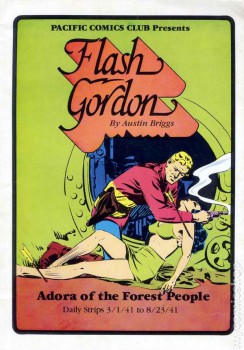
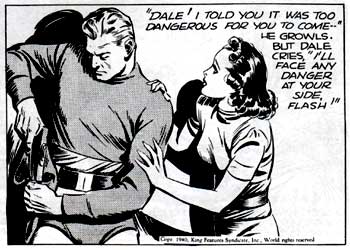
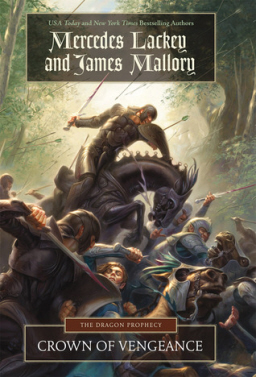
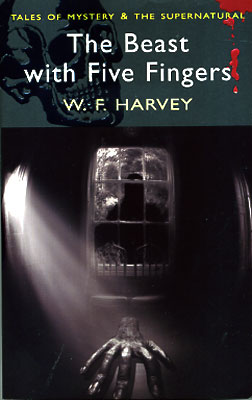

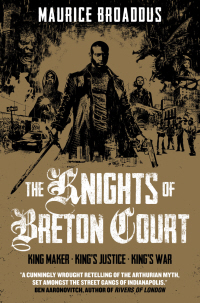
.jpg/150px-Ultimate_X-Men_Fantastic_Four_Annual_Vol_1_1_Page_3_X-Men_(Earth-81122).jpg)
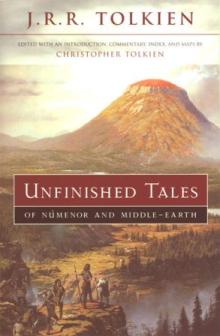
 I didn’t know it at the time, but back when I was ten and surfing through horrendous Tarzan movies on rainy Saturday afternoons, The Horseman On the Roof (Le Hussard Sure le Toit, 1995) was the film I was actually hoping to see. Not that I would have understood much of what was going on, but the kinetic energy of it –– the film’s unswerving certainty that these events matter –– would have transported me right out of my seat.
I didn’t know it at the time, but back when I was ten and surfing through horrendous Tarzan movies on rainy Saturday afternoons, The Horseman On the Roof (Le Hussard Sure le Toit, 1995) was the film I was actually hoping to see. Not that I would have understood much of what was going on, but the kinetic energy of it –– the film’s unswerving certainty that these events matter –– would have transported me right out of my seat.